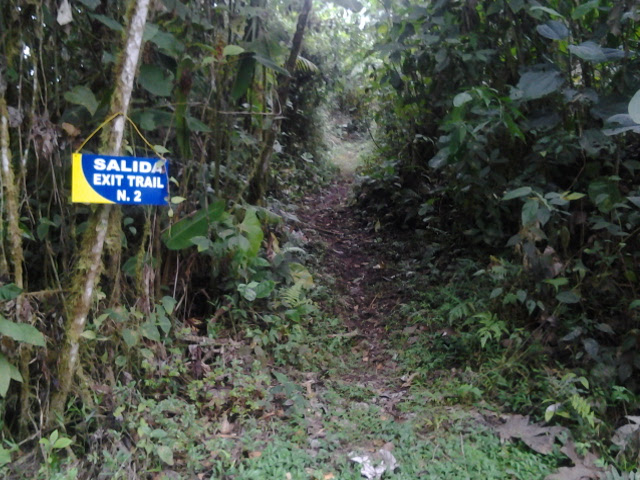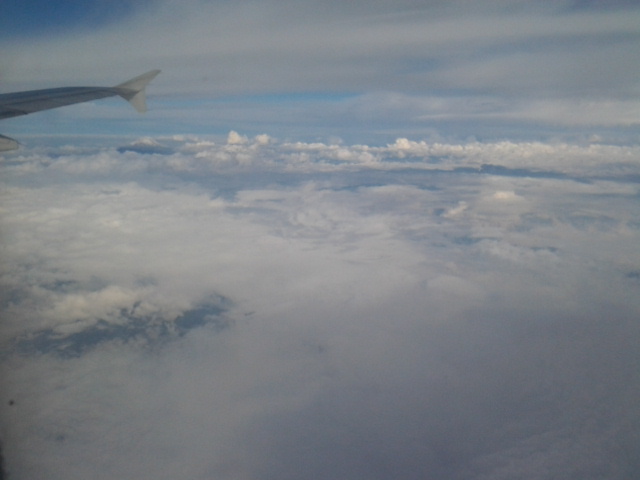Outside our cabin in Mindo, I am having a drink and listening to the simply amazing sounds of the small frogs here. They have set up a series of ponds and gardens that draw orchestral frogs at night and an incredible variety of birds during the day. Breakfast is delicious and it all feels very private. I went on a 5 mile hike today and saw one person, a farmer that was putting his cows away for the night. I didn't see many birds, but I went very late, but I did find a lot of fruiting plants along the way, about half of the ones fro my fruit salad in the morning.
There actually is a "frog concert" in Mindo and the hotel, Mindo Lago, is associated with Yellow House somehow, cousins or something like that. I didn't think the frog concert itself was worth the $4.50, but I liked the thimble full of wine we got and the man's explanation of the project. Basically, they are trying to save frogs and restore the local ecosystem. They expanded a pond into a lake, then reintroduced local flora and first tried to bring frogs in, which they didn't go for. Frogs from higher up the mountains went back up, ones from lower went back down. Over 8 years, they improved the space to "invite" frogs in and now they have more than 12 kinds in less than an acre. Eight years ago, there were 2. And so, I really don't mind supporting the project a little.
If you don't speak Spanish, there's not much to pick up, it seemed like there were no English speakers there.
Wifey is laid low at the moment with some nausea thing and had taken everything we had except something to stop her vomiting. Gratefully, I have always had great luck with pharmacists down here. It'll cost you pennies and really sort out what ails you. again, Spanish is very useful here. I was getting a bit worried as we need to travel in a day or so and, of course, she's feeling like hell. If the meds weren't working, it might mean a doctor or the hospital, which is just not what we want. We're insured for every
So while she maintains her first hours without vomiting, I am lying I a hammock, listening to the frog pond next to our cabin. Between the crickets and various buzzing insects and the tree and water frogs, it's an amazing sound. I swear, whoever records those Nature Sounds meditation CDs would never have to look beyond Ecuador. Maybe they haven't.



















































